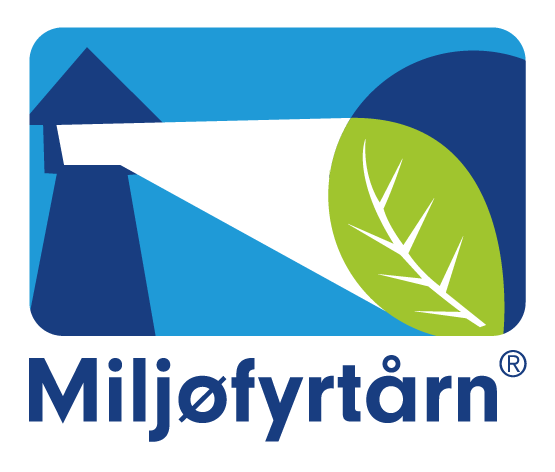Pioneering project in Nes municipality taking shape
Linstow and Nes municipality receive assistance from SINTEF to develop Runni into a pioneering project within health-promoting urban development. The goal is to create a good place to live – regardless of age and functional ability.
7. May 2024
Since autumn 2023, Nes Municipality and Linstow have conducted an extensive co-creation process to map the needs and opportunities for the new area. Now, the first sketches from the architects are available.
- "This has been an important process, involving a wide range of stakeholders. Runni will have a diverse living environment with care homes, social meeting places, and regular housing. A good neighborhood to grow up - and to grow old", says Jon Sverre Bråten, municipal director in Nes municipality.
Both the municipality and Linstow see the need - and opportunity - to link health and property to contribute to increased quality of life and better public health.
-" The development in Runnivegen is an important pioneering project within health-promoting urban development. It has required that the municipality and we in Linstow have set clear, common goals from the early stages. At the same time, we have been able to draw on SINTEF's expertise on what creates health-promoting behavior", says Hege Hidle Aaser, director of Linstow Health.
Through the research and innovation project Building Health, Linstow collaborates with SINTEF to realize a more health-promoting urban development. Runni is one of several pilots in this project.
- "There are many overarching ambitions to create more health-promoting places, but the challenge is to turn these visions into reality. In the research project, we are testing how two different actors can collaborate to realize these ambitions. We learn from other exemplary projects and try to identify barriers and opportunities through Linstow's own pilot areas", says Karin Høyland, senior researcher at SINTEF Community.
In the Building Health project, several research-based insights are being developed that can help guide health-promoting urban development. Four of the research-based insights that have guided the planning of the Runni area are: "With a window to the world," "Mobility as public health," "Built for play and creativity," and "Places of being" (see more about the key insights below).
NORD Architects, a renowned Danish architectural firm, has prepared the overall plan for the area and designed the 30 care homes. The company is behind inclusive housing and urban development projects and communal living spaces, among other things.
The goal is to complete the care homes, infrastructure, and green areas by 2026. The remaining homes will be developed in line with the market.
*** More about the key insights:
- "Facing the World" - A home is not just what happens within the four walls, but also what is outside. By looking outward, we can bring the outside world in and create participation, inclusion, and stimuli for those who cannot participate outside.
- "Mobility as Public Health" - There is too much sedentary behavior in our society. The way we design our buildings and how we get around has a lot to do with the choices we make. Some consciously choose the stairs, while others may need to be encouraged and motivated to make good choices for their own health. Can we think of mobility as public health both when moving within buildings, areas, and contributing to more physically active forms of travel?
- "Built for Play and Creativity" - We humans are natural creative problem solvers, programmed to play. Gradually, through childhood and adulthood, many of us lose our sense of playfulness. Play and creativity have intrinsic value, but also positive health effects. The environment can either encourage or diminish our desire to be playful and creative in everyday life.
- "‘Places of Being’ - Many of today's meeting places are often designed for those who are already included. The spaces we create must also be usable without the goal necessarily being social activity. Loneliness, grief, and other difficult emotions may not be highlighted as often and are rarely part of urban and site development."
All sketches: Nord Architects / Linstow


